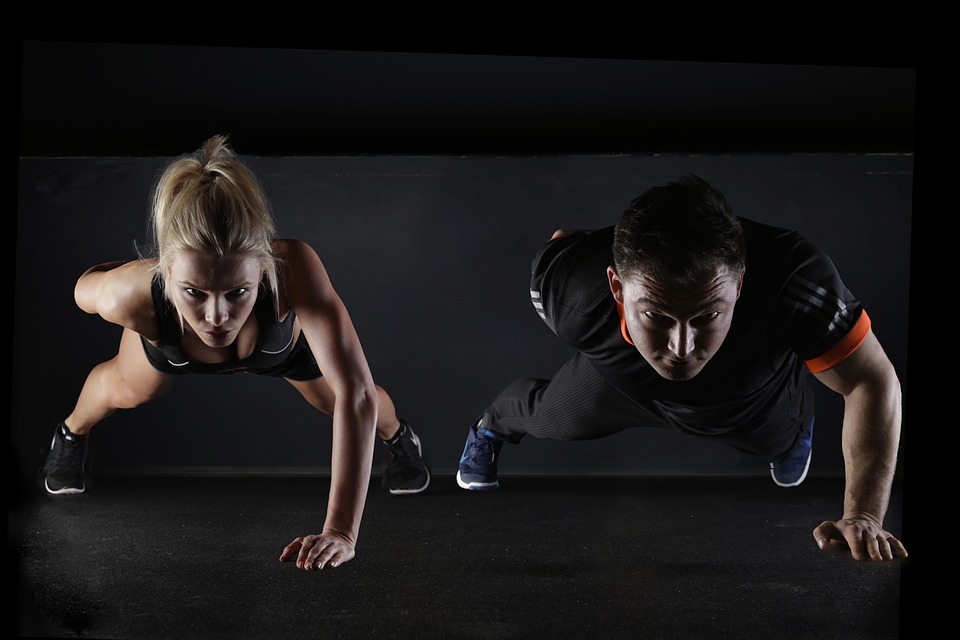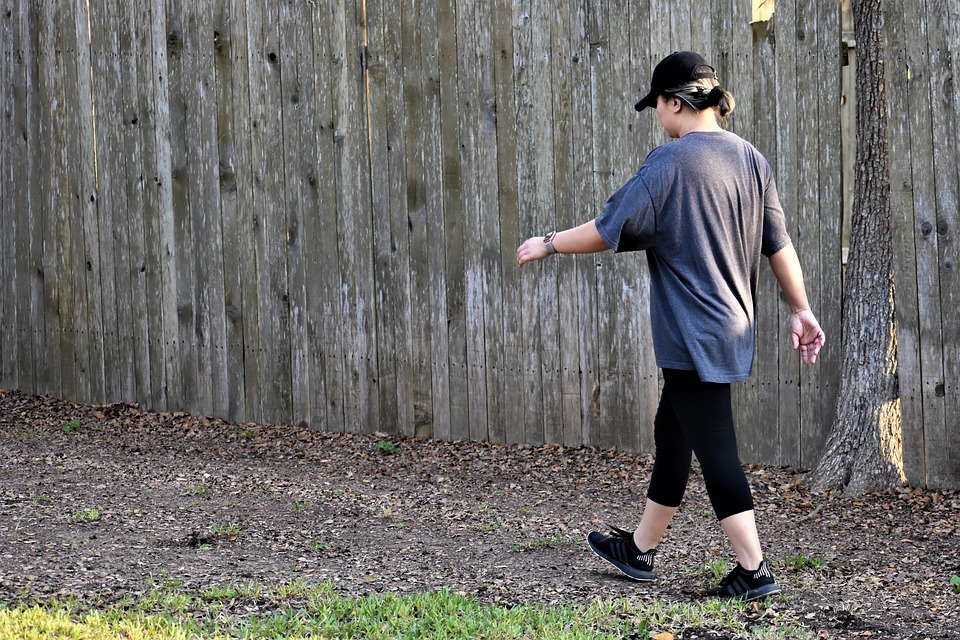In today’s fast-paced world, staying active is crucial for both physical and mental well-being. With various exercise options available, choosing the right one can feel overwhelming. Among the most popular forms of fitness are Yoga, Pilates, and High-Intensity Interval Training (HIIT). Each discipline offers unique benefits, making it essential to understand which aligns best with your goals, lifestyle, and preferences.
Yoga: Cultivating Mindfulness and Flexibility
What is Yoga?
Yoga is an ancient practice that combines physical postures, breathing techniques, and meditation to promote mental and physical balance. Originating over 5,000 years ago in India, yoga focuses on achieving harmony between body and mind.
Benefits of Yoga
-
Flexibility and Strength: Regular yoga practice can significantly improve flexibility and strength. Various asanas (poses) target specific muscle groups and enhance overall stability.
-
Stress Reduction: The mindfulness component of yoga helps reduce stress and anxiety levels. Practices such as meditation and controlled breathing foster relaxation.
-
Enhanced Focus: Yoga encourages mental clarity and focus. The integration of breath control enhances concentration and mindfulness in daily life.
- Versatility: With various styles available (Hatha, Vinyasa, Yin, etc.), there’s a form of yoga for everyone, whether you seek a vigorous workout or a serene practice.
Who Should Choose Yoga?
If you are looking for a holistic approach to fitness that promotes flexibility, reduces stress, and fosters a mind-body connection, yoga is an excellent choice. It suits individuals of all ages and fitness levels, making it accessible for beginners and those seeking a gentler workout.
Pilates: Core Strength and Stability
What is Pilates?
Developed by Joseph Pilates in the early 20th century, Pilates is a low-impact exercise system targeting core strength, flexibility, posture, and overall body alignment.
Benefits of Pilates
-
Core Strengthening: Pilates emphasizes core engagement, which enhances overall stability and supports daily activities and athletic performance.
-
Improved Posture: With a strong focus on body alignment, Pilates encourages good posture, reducing the likelihood of back and neck pain.
-
Injury Prevention and Rehabilitation: The low-impact nature makes Pilates an excellent choice for injury prevention and rehabilitation, particularly for those recovering from injuries.
- Mind-Body Connection: Similar to yoga, Pilates emphasizes controlled movement and breath, promoting a greater awareness of body mechanics.
Who Should Choose Pilates?
If you are recovering from an injury, looking to improve core strength, or seeking a structured way to enhance your fitness, Pilates might be the right fit. It’s appropriate for individuals at all fitness levels and can be tailored to meet specific needs.
HIIT: Maximum Results in Minimum Time
What is HIIT?
High-Intensity Interval Training (HIIT) is a fitness trend characterized by short bursts of intense exercise followed by brief periods of rest or lower-intensity activity. This approach aims to maximize cardiovascular benefits and calorie burn within a compact timeframe.
Benefits of HIIT
-
Time Efficiency: HIIT workouts generally last 20-30 minutes but can yield significant fitness gains, making it ideal for those with limited time.
-
Increased Metabolism: The intensity of HIIT workouts can elevate your metabolic rate for hours after training, promoting fat loss.
-
Versatility: HIIT can be performed with various activities, such as running, cycling, bodyweight exercises, or strength training, providing variety to your routine.
- Improved Endurance: Regular HIIT sessions can boost both aerobic and anaerobic endurance levels.
Who Should Choose HIIT?
If you have specific fitness goals like weight loss, increased endurance, or time constraints, HIIT may be your best option. However, it’s vital to have a foundational level of fitness first, as the intensity can be challenging for beginners.
Choosing the Right Exercise for You
When selecting the right exercise, consider the following factors:
-
Goals: Define what you hope to achieve—weight loss, enhanced flexibility, stress relief, etc.
-
Fitness Level: Be honest about your current fitness level. Beginners may benefit more from yoga or Pilates before transitioning to high-intensity workouts.
-
Schedule: Determine how much time you can realistically commit and whether you prefer shorter, intense sessions or longer, more relaxed practices.
- Personal Preference: Experiment with each discipline to see which you enjoy most. Your enjoyment will likely enhance adherence to your fitness routine.
Conclusion
Yoga, Pilates, and HIIT each have their unique merits. Your choice ultimately depends on personal preferences, fitness goals, and lifestyle. Consider trying classes in each discipline to discover what resonates with you. The most effective exercise routine is one that you not only enjoy but can also sustain over time, leading to improved overall health and well-being. Prioritize finding that perfect fit, and you’ll be on your way to a rewarding fitness journey.




